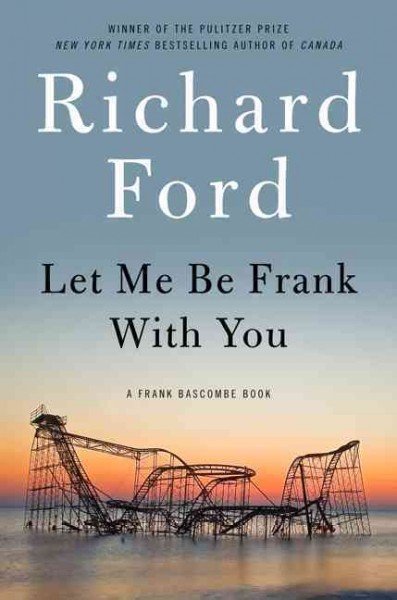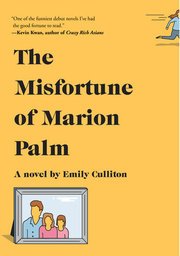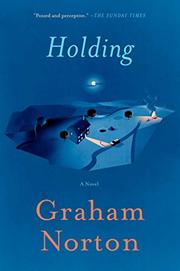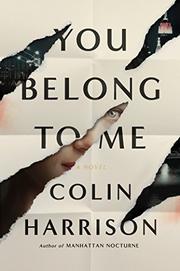The Children Ann Leary (2017)
Oh, no, I thought—another fluffy tale of wacky, self-absorbed New England trust-fund kiddies seeking personal gratification at the expense of those around them. I almost sent The Children back to the library. But I kept reading and watched the plot twisting, folding back on itself, and finally turning dark, very dark. The fluff definitely receded.
You have to pay close attention up front to sort out all the family connections in this novel. Charlotte Maynard, a 29-year-old single, agoraphobic woman, is one of the kiddies and is the narrator of The Children. She lives in a huge Connecticut house named Lakeside with her zany mother, Joan, who exercises excessively and pinches pennies ludicrously. Charlotte is involved intermittently with Everett, the groundskeeper at Lakeside. Charlotte’s sister is Sally, a gifted musician with mental health problems. Stepbrothers Spin and Perry Whitman are offspring from Charlotte’s stepfather’s first marriage, which ended acrimoniously when the stepfather, Whit Whitman, fell for Joan. As the novel opens, Whit has recently died, and the family dynamics are reshuffling. Got all that?
Spin, who teaches and lives at a nearby private school, arrives at Lakeside with a girlfriend, Laurel Atwood, who is preternaturally accomplished in skiing, fiction writing, and life hacks. Laurel’s life hacks veer daringly into illegal territory. Charlotte doesn’t see this as a problem, because she herself runs a profitable internet scam, a fake “mommy blog” with corporate sponsorship. But Sally, who is back at Lakeside from New York after losing her orchestra job, has serious reservations about Laurel.
This is the setup, but I won’t spoil the plot development for you. Author Ann Leary takes the basic framework in directions you’d never expect, with characters who are believable despite—or maybe because of—their oddities. We see people and events through the eyes of Charlotte, which creates a layer of reportorial unreliability, since Charlotte is an admitted scammer. Through Charlotte, Leary pokes fun at several aspects of contemporary culture, especially internet culture. For example, Charlotte’s wildly successful blog revolves around children whom she’s invented (another reference to the novel’s title), and Leary revels in skewering the blog’s fervent mommy-followers. The technological references, which are up-to-the-minute as of 2017, may soon date this novel, but for now it’s trendy in a good way.
The pace of The Children is fast, the dialogue is clever and authentic, and the storyline is well executed. I see the novel as a work of warning about the consequences of seemingly innocuous lies and the seeming innocuousness of consequential lies. The human heart can have unexpectedly sinister depths. That’s the dark part. Yet Charlotte reminds us that we can always count on the stars, which are as stable as it gets in our universe. “Once you find Polaris, you’ve found true north. You can navigate anywhere from there. Find a landmark . . . You have to find a hill or a house or a tree while it’s still dark; that way you’ll be oriented the next day, when the stars are gone.” (245)






















